Analysis Report: PCR Amplification and Detection of Malic Enzyme Study
VerifiedAdded on 2023/04/20
|6
|928
|422
Report
AI Summary
This report details a student's experiment on the PCR amplification and detection of malic enzyme. The introduction provides background on the enzyme and the PCR process, including the use of Taq polymerase and primers. The materials and methods section outlines the reagents, including primers and buffers, and the experimental procedure, including master mix preparation, thermal cycler settings, and agarose gel electrophoresis. The results section presents the gel electrophoresis findings, including a discussion of band presence and potential contamination. The discussion explores the challenges faced, such as contamination, and the conclusion summarizes the experiment's aim, which was partly achieved, and suggests further steps. The report also includes references to relevant scientific literature. The experiment aimed to amplify and detect malic enzyme, but the results were not fully satisfactory due to contamination, suggesting the need for a repeat experiment.
1 out of 6
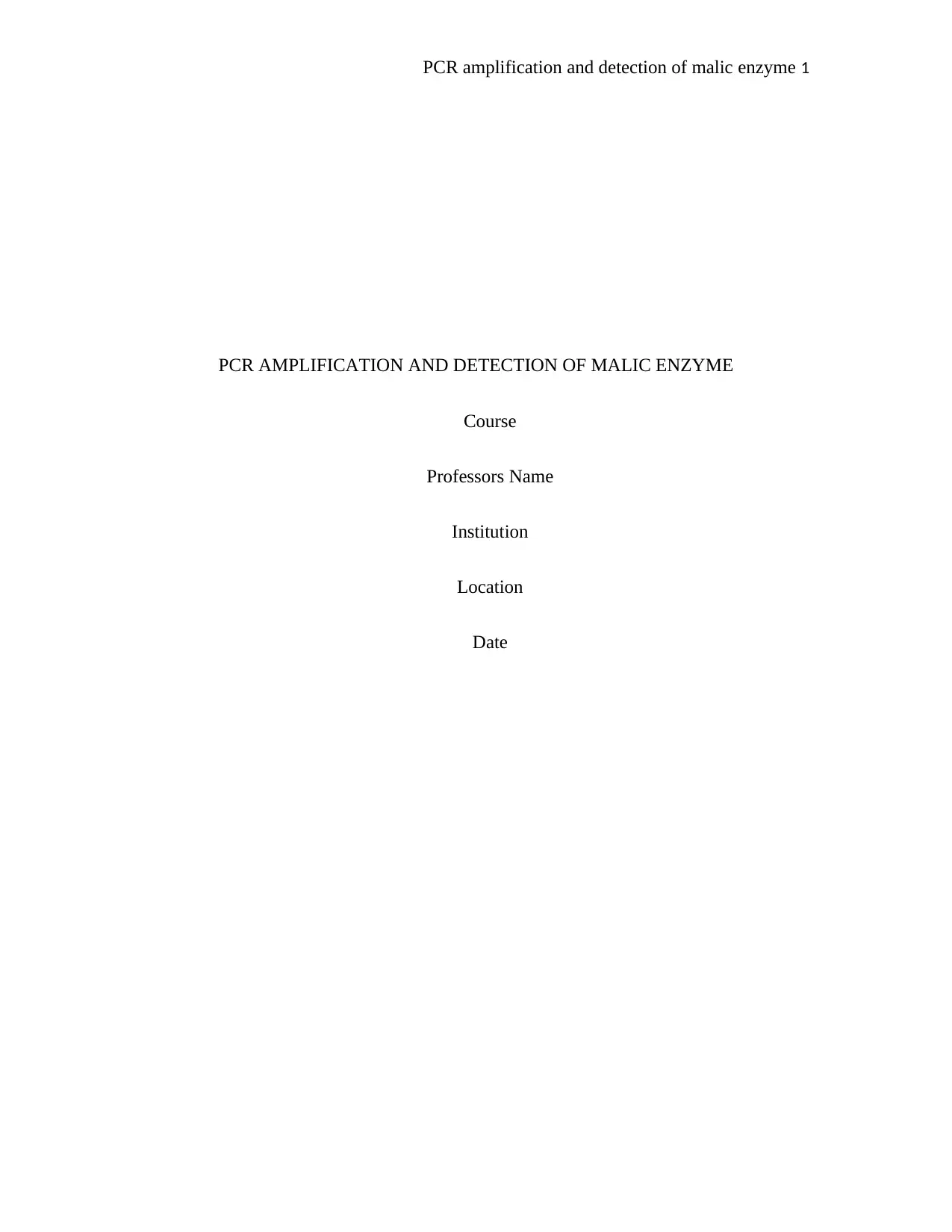
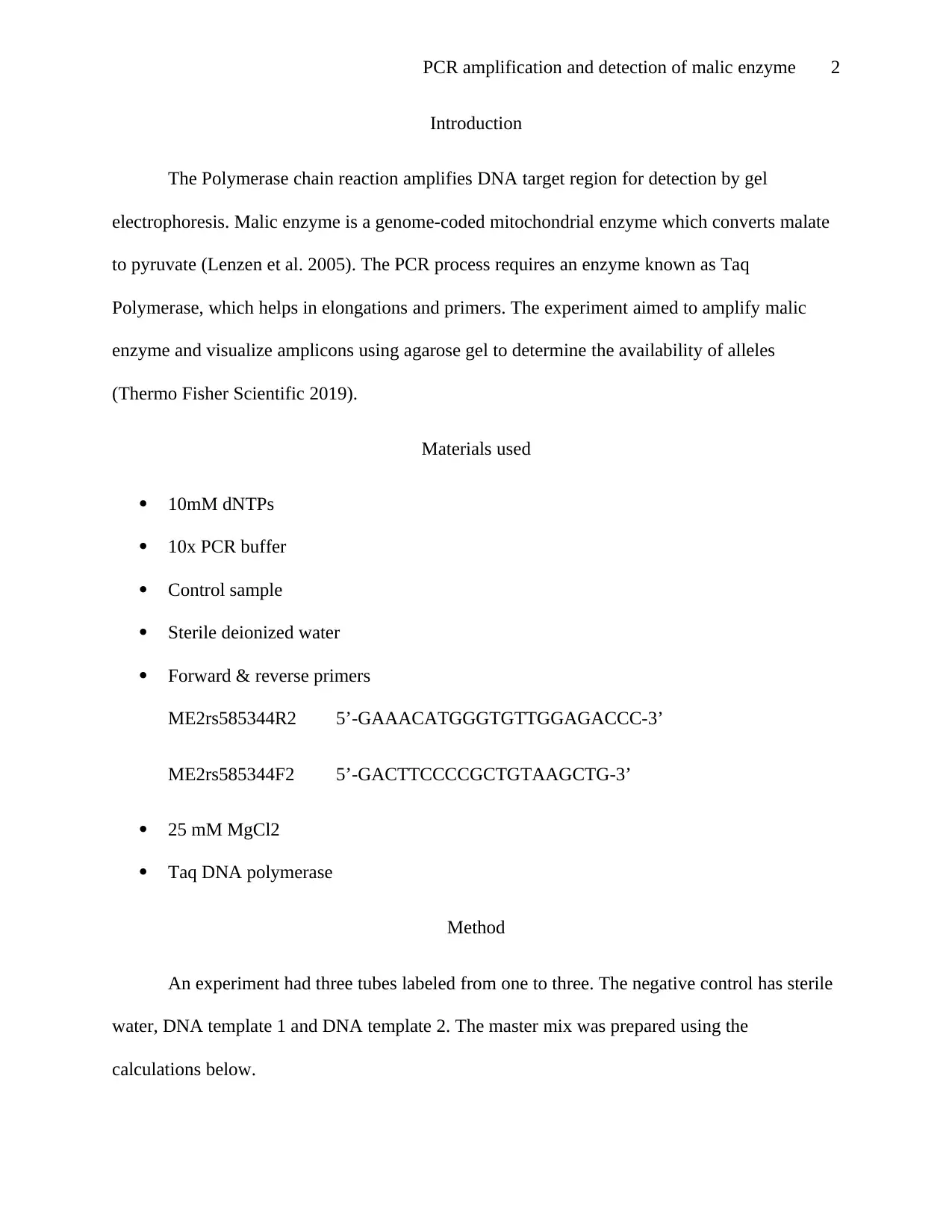
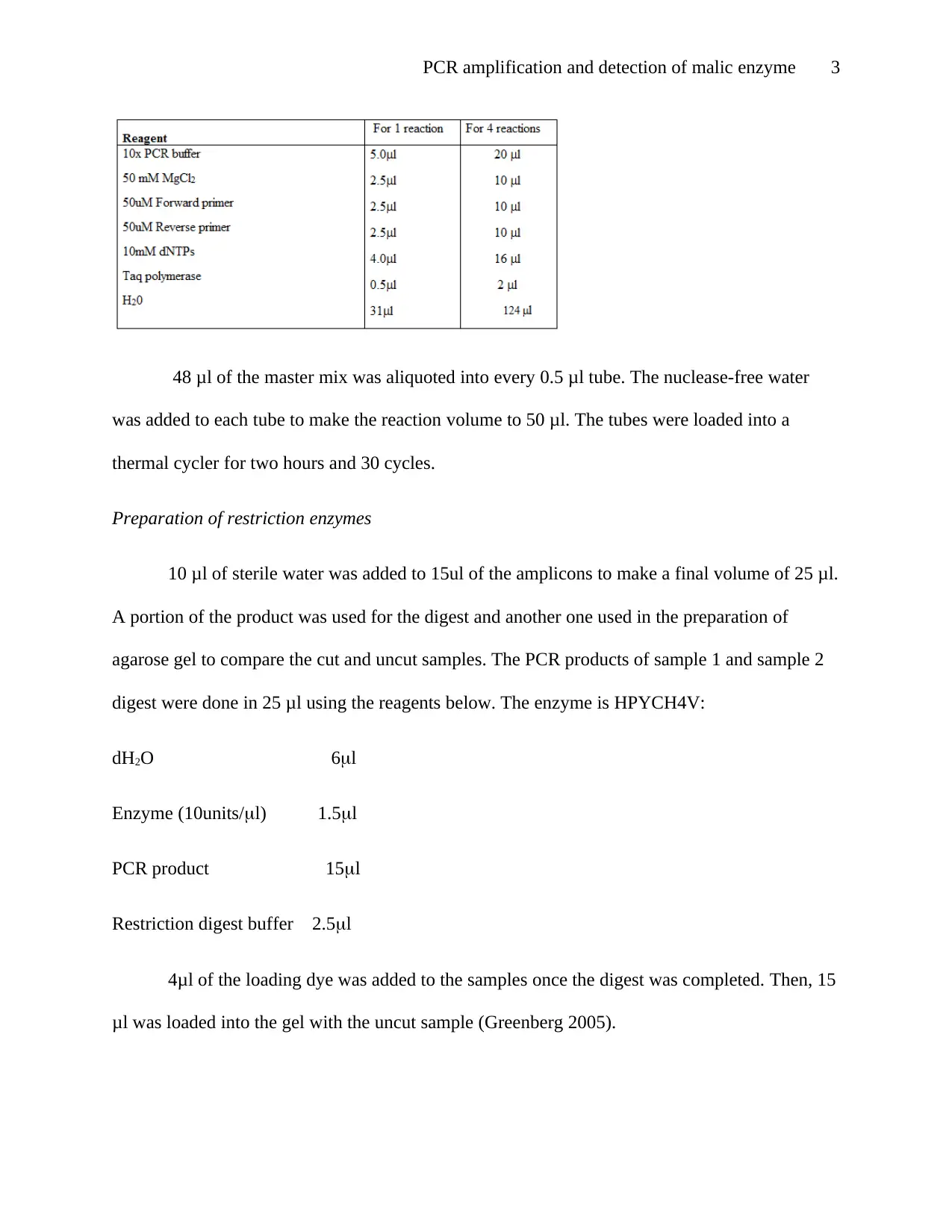

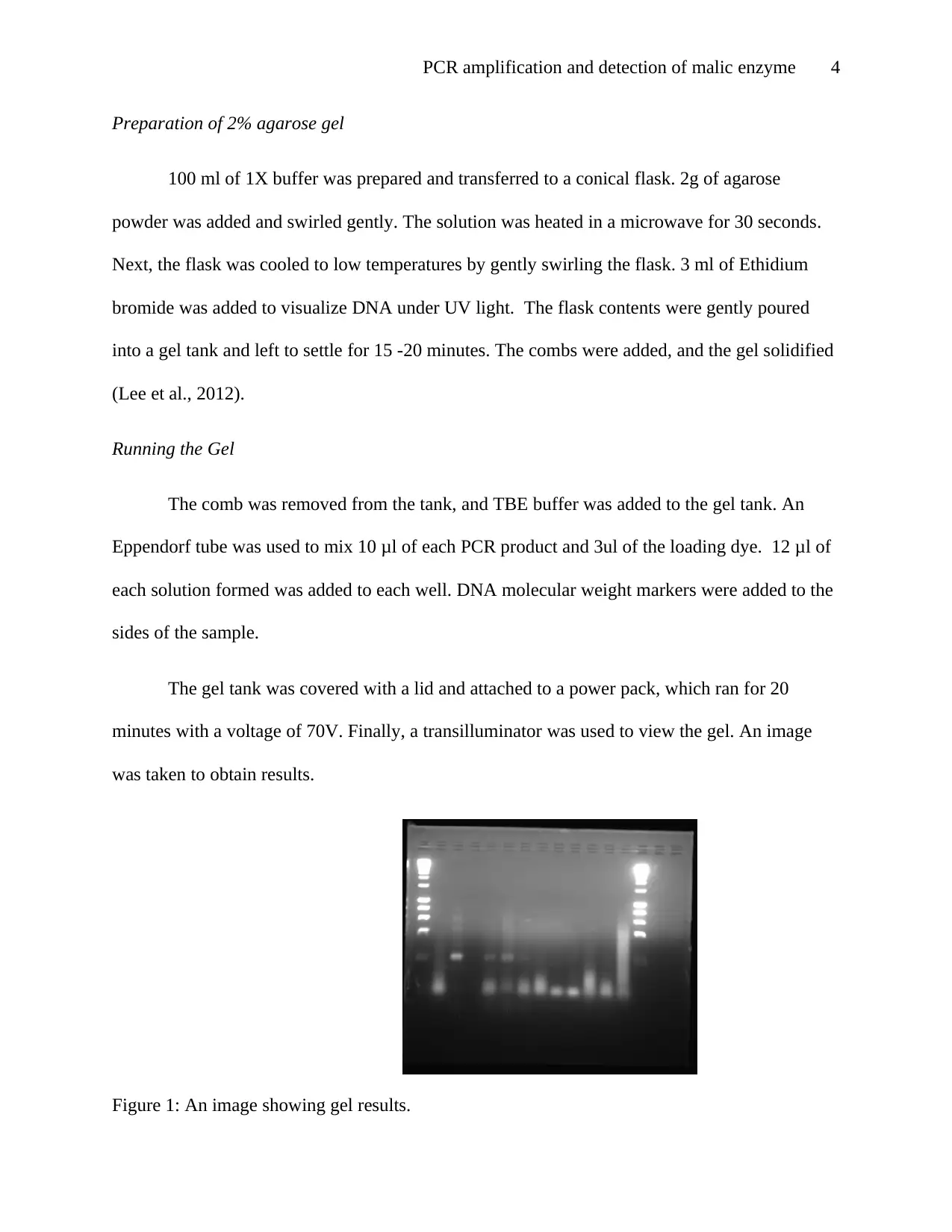
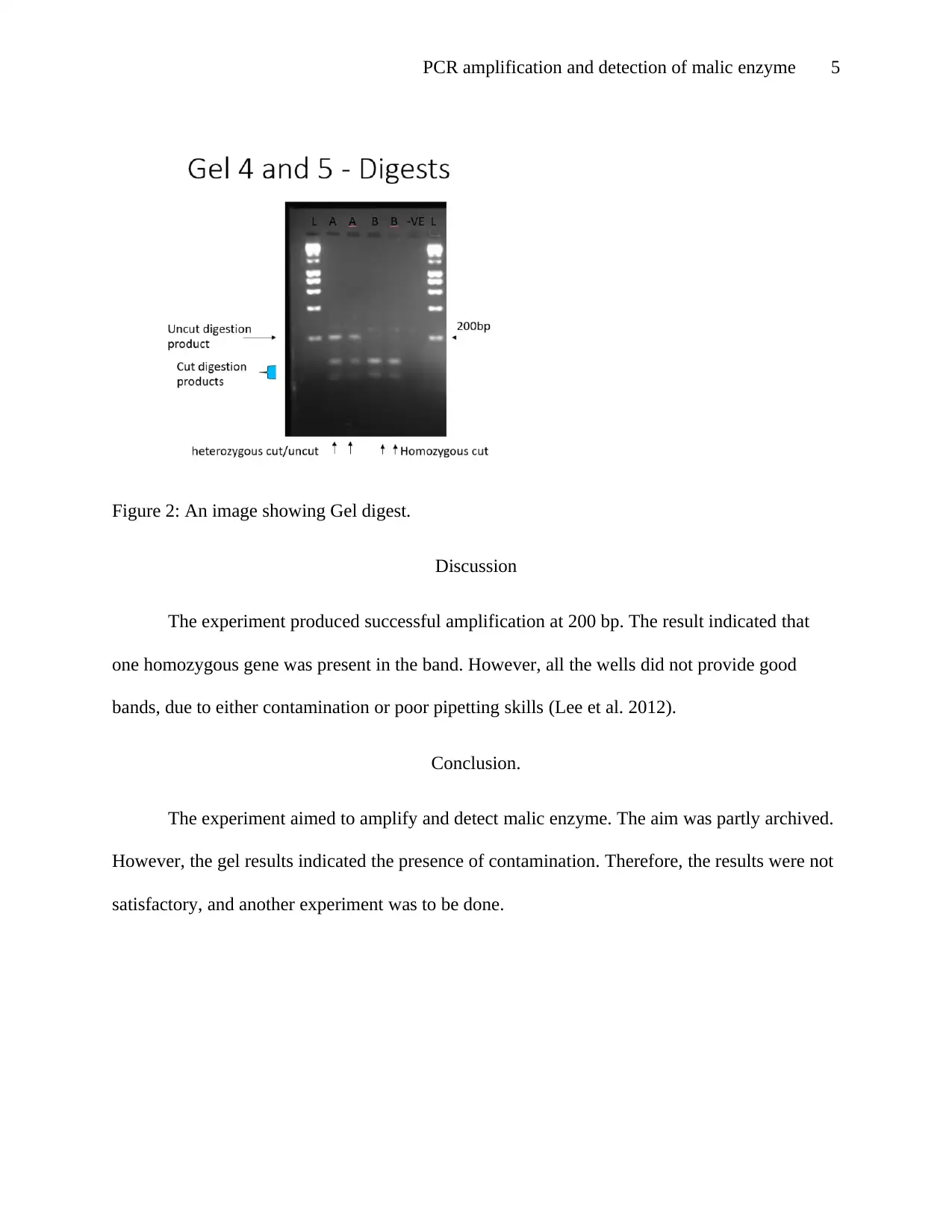
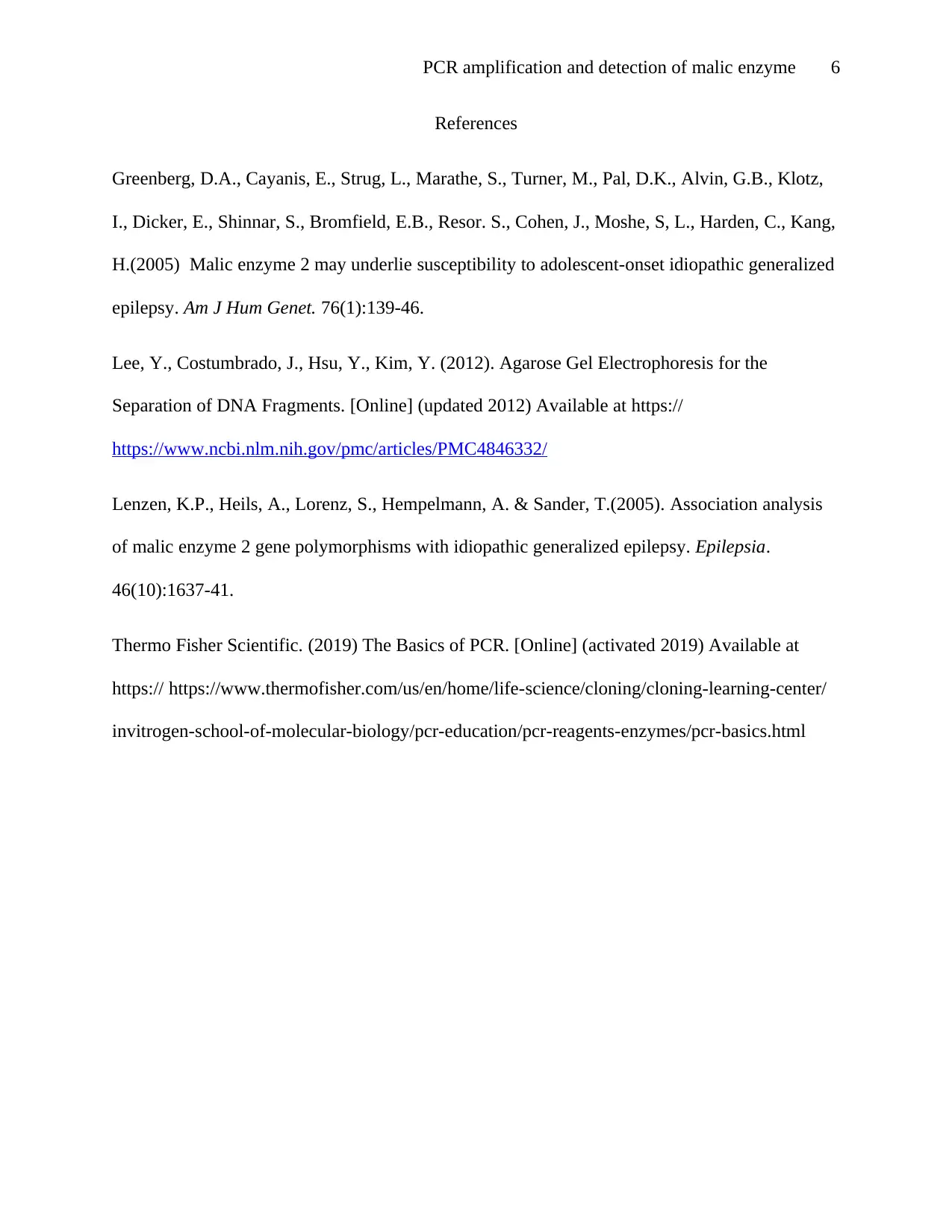




![[object Object]](/_next/static/media/star-bottom.7253800d.svg)